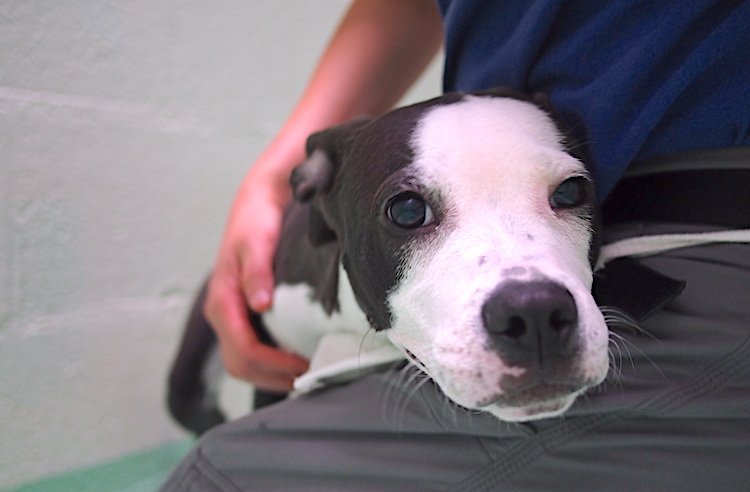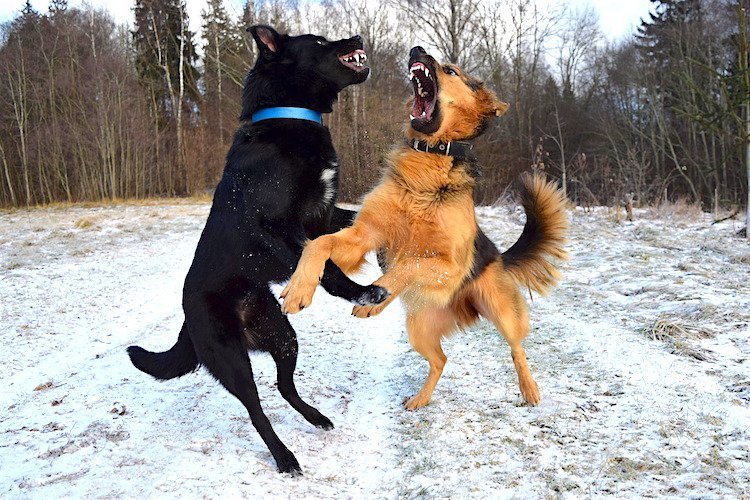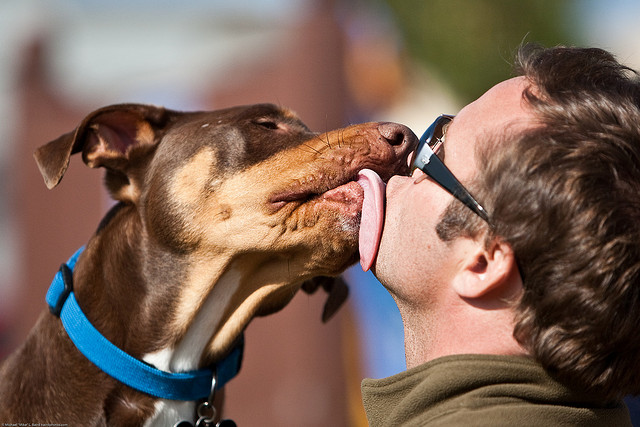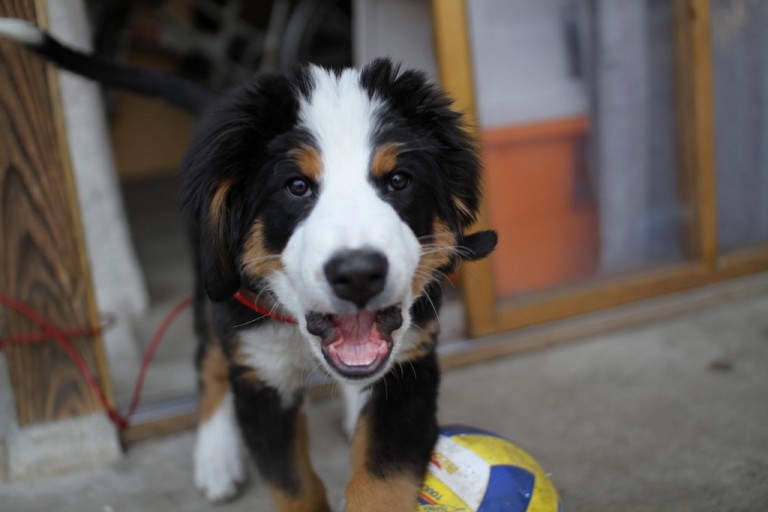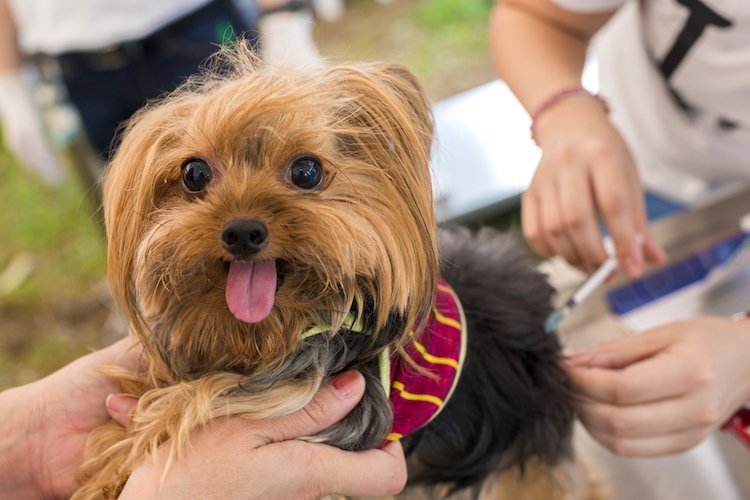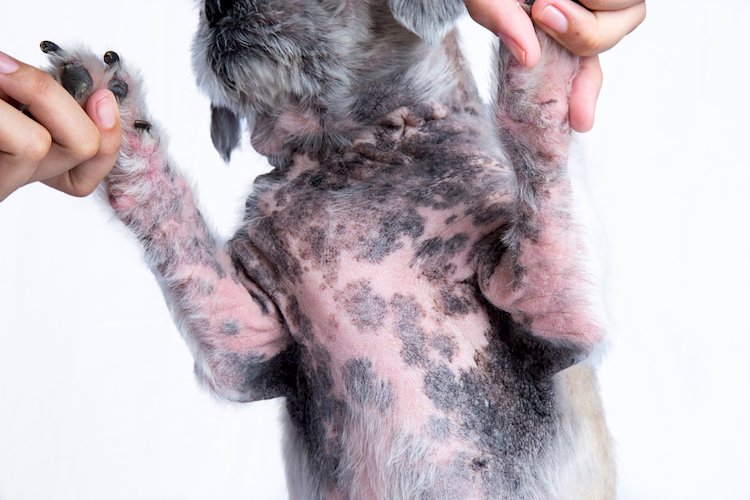Great Pyrenees Breed Profile: Essential Facts
These dogs are centuries old and known for protecting livestock. They love to work and do best with an active person.
Great Pyrenees
Don’t Guess When It Comes To Your Pet’s Care


Don’t Guess When It Comes To Your Pet’s Care
Physical Description of the Great Pyrenees
Also known as the Pyrenean mountain dog, the Great Pyrenees is a large, majestic breed with a strong and sturdy build. This breed typically weighs between 85 to 100 pounds or more and stands about 25 to 32 inches tall at the shoulder.
- A long, thick, weather-resistant coat that can be solid white or white with patches of tan, gray, reddish-brown, or pale yellow.
- Dark brown, almond-shaped eyes that express calmness and intelligence.
- Black lips and nose, providing a striking contrast against the lighter coat.
- V-shaped ears that hang close to the head.
- A feathered tail that adds to their elegant appearance.
Origin of the Great Pyrenees
Fossil deposits found in Europe from the Bronze Age (1800–1000 BC) show remains of Great Pyrenees dogs, highlighting the breed’s ancient roots.
Throughout history, the Great Pyrenees has been:
- A trusted companion to French royals and noblemen.
- A hardworking guardian on the slopes of the Pyrenees mountains, protecting flocks from wild animals — a role that strengthened the breed’s devotion, intelligence, and loyalty.
- Known for an exceptional sense of smell and remarkable eyesight, traits further explained in this guide on how dogs perceive fear.
Although fossil evidence places the breed’s early presence in Europe, some believe that the Great Pyrenees originally migrated from Central Asia or Siberia.
The breed’s history in America began in 1824 when General Lafayette gifted a pair of Great Pyrenees dogs to J.S. Skinner. The American Kennel Club officially recognized the breed in 1933.
Purpose of the Great Pyrenees
Originally bred as livestock guardians, Great Pyrenees dogs continue to fulfill guarding roles today. However, their purpose has expanded beyond the fields and mountains.
Modern roles for the Great Pyrenees include:
- Loyal companion pets for families.
- Participants in avalanche rescue operations.
- Sledding activities that take advantage of their strength and endurance.
- Competing in dog conformation events, showcasing their adherence to breed standards.
- Protecting homes and properties with their natural vigilance and calm demeanor.
The breed’s versatility and protective instincts make them highly valued in both working and family environments.
Temperament of the Great Pyrenees
Great Pyrenees dogs are known for their intelligence, fierce loyalty, and courageous spirit — they are even willing to give their lives to protect their family or property.
- Protective Instincts: They are naturally wary of strangers and other dogs, and their independent nature can make training challenging.
- Affectionate with Family: With proper socialization, they are very loving toward family members, children, and even non-canine pets.
- Need for Socialization and Activity: Socialization should begin during the early puppy years (the first one to two years). Nonworking Great Pyrenees require plenty of social interaction and exercise to prevent destructive behaviors.
- Incompatibility with Apartment Living: Apartment life is not ideal, as they are relatively inactive indoors and need a yard or a serious daily exercise commitment.
- Territorial Behavior: Outdoors, they instinctively seek to understand their territory boundaries, which can lead to wandering if not properly contained. Always use a leash or exercise them within a secure, enclosed space.
Other important characteristics:
- They may bark at night, especially when sensing unfamiliar activity.
- Some individuals drool or slobber.
- They thrive best in cool climates.
Great Pyrenees often work in teams when guarding livestock. When a threat arises, one dog typically stays behind with the flock while others move to confront the disturbance. If you have more than one Great Pyrenees, you might observe this natural division of duties.
While they are generally not very sociable with unfamiliar dogs, Great Pyrenees tend to collaborate well with herding dogs they have been socialized with early on. You can learn more about their remarkable communication abilities in this discussion on how many words a dog can understand.
The Gentle Giant Nature of the Great Pyrenees
Often referred to as gentle giants, Great Pyrenees share similarities with Newfoundlands in their tolerant and calm demeanor. They are content to let other animals — such as cats and goats — climb over them, lie on them, and share their space without reacting. The primary exception to this tolerance often involves other unfamiliar dogs.
- Protective Instincts: Any perceived threat to what they consider their “herd” will be challenged. A Great Pyrenees will not back down or be easily chased away.
- Steadfast Defenders: They will hold their ground at the perimeter until the threat leaves, showcasing their relentless guardianship.
- Animal-Directed Aggression: Great Pyrenees tend to react more aggressively toward animal threats than human ones, a behavior well-illustrated in this video example.
This deep-seated behavior stems from their history as livestock guardians, where standing firm against predators was vital for survival.
Is the American Foxhound the Right Dog for You?
Choosing a Great Pyrenees as your next dog comes with important considerations. This is a working breed that thrives on mental stimulation and regular exercise — not a dog that will be content simply lounging around all day.
- Exercise Needs: Although relatively inactive indoors, Great Pyrenees require daily exercise and are known to bark at night. Apartment living is not ideal unless you can commit to a consistent and vigorous exercise routine.
- Social Behavior: They may be wary of other dogs, though they often do well with cats and children when properly socialized.
- Outdoor Supervision: Due to their strong instinct to roam and establish a perimeter, Great Pyrenees must always be walked on a leash or exercised in a securely enclosed area.
- Grooming Commitment: Regular grooming is necessary to maintain their thick, weather-resistant coat and overall health.
- Health Considerations: While generally a healthy breed, preventive care and awareness of common health issues are important.
If you have the time, space, and dedication to meet the needs of a Great Pyrenees, this loyal and protective breed could be the perfect addition to your family.
Exercise Needs of the Great Pyrenees
MediumMEDIUM: Great Pyrenees dogs require consistent daily exercise, especially if they are not working or engaged in specific tasks. Without a physical outlet for their energy, they can easily become destructive.
- Daily Walks and Play: Regular walks and play sessions help maintain their physical and mental health.
- Controlled Exercise Spaces: Always exercise them on a leash or in a securely fenced or contained area to prevent wandering, a natural instinct in this breed.
- Apartment Living Considerations: Apartment life is generally not ideal for Great Pyrenees unless owners are fully committed to a strict, frequent exercise routine to meet their energy needs.
Proper exercise not only helps prevent behavioral issues but also keeps this large, strong breed happy and well-adjusted.
Grooming Requirements for the Great Pyrenees
HighHIGH: Proper grooming is essential to maintaining the health and appearance of a Great Pyrenees. In addition to basic grooming practices, this breed requires special attention during seasonal shedding periods.
Regular grooming tasks include:
- Dental Care: Maintaining healthy teeth is important; learn more about why dental care matters for pets.
- Ear Cleaning and Nail Trimming: Regular ear checks and nail trimming help prevent infections and injuries.
- Brushing: Brush the coat several times a week to manage shedding. During the annual coat blow (a heavy seasonal shedding), more frequent brushing will be necessary.
- Bathing: Bathe only as needed to avoid irritating the skin. Frequent bathing can strip the coat of essential oils.
- Coat Care: Avoid shaving the coat, especially in summer, as it can lead to sunburn. The coat rarely mats unless debris gets trapped — a more common issue for working dogs.
Consistent grooming helps the Great Pyrenees remain comfortable, healthy, and looking their best.
Common Health Problems
MediumMEDIUM: The Great Pyrenees breed is healthy with only a few notable common health problems, although this may vary because no two dogs are exactly alike:
- Bloating
- Hip dysplasia
- Canine bone cancer
- Luxated patella
- Skin issues

Adopt, Don’t Shop
Yes, even Great Pyrenees dogs can end up in shelters and rescues. Check our adoptable dog search and rescues to see if there is already one looking for a home.
If you have children and other pets, a younger dog is recommended so it can be raised in an environment with the other pets and children. If you contact a breeder, please be aware of the puppy mill red flags. Be prepared to ask questions and demand health records for the parents of the dog you are considering adopting. Also, be wary of cash transactions, registration claims and efforts to prevent you from viewing the puppy’s environment.
Related Dog Breed Profiles You May Like
- Anatolian Shepherd Dog Breed Profile: Essential Facts
- Basset Hound Breed Profile: Essential Facts
- English Springer Spaniel Breed Profile: Essential Facts
- Greyhound Breed Profile: Essential Facts
- Pekingese Breed Profile: Essential Facts
Frequently Asked Questions (FAQ)
How long do Great Pyrenees live?
Great Pyrenees typically live between 10 to 12 years.
How big do Great Pyrenees get?
Adult Great Pyrenees usually weigh between 85 to over 100 pounds and stand 25 to 32 inches tall at the shoulder.
Are Great Pyrenees good with kids?
Yes, Great Pyrenees are generally very gentle and protective with children, especially when properly socialized.
Are Great Pyrenees aggressive?
Great Pyrenees are not naturally aggressive toward people but can be protective and wary of strangers or unfamiliar animals.
When do Great Pyrenees stop growing?
Great Pyrenees typically reach their full adult size between 18 to 24 months of age.
Additional Resources
- American Kennel Club’s Great Pyrenees Page
- Great Pyrenees Club of America
- Great Pyrenees Club of Canada
- Pyrenean Mountain Dog Club of Great Britain

